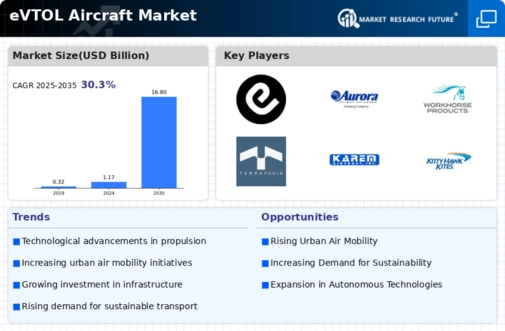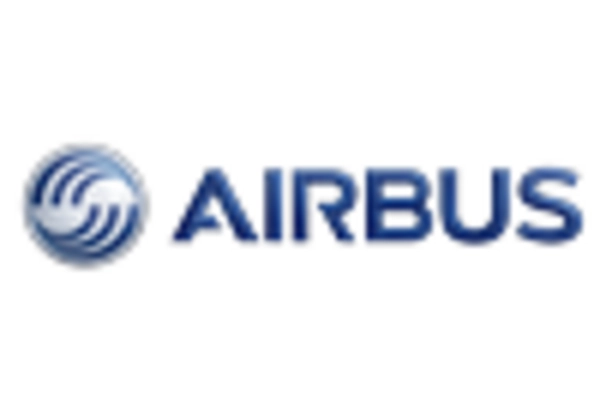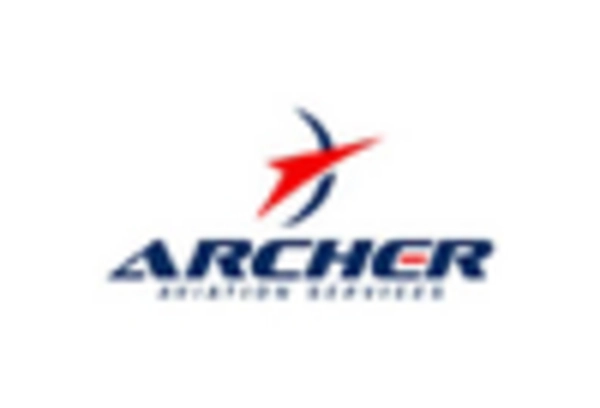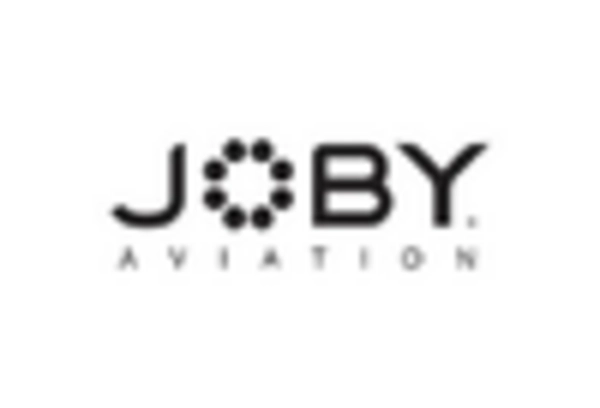Market Share
eVTOL Aircraft Market Share Analysis
In the rapidly evolving landscape of the Electric Vertical Takeoff and Landing (eVTOL) Aircraft Market, companies are implementing various strategies to secure and enhance their market share. These strategies are crucial for navigating the competitive dynamics of the aviation industry, particularly in the emerging field of urban air mobility.
Product differentiation stands as a foundational strategy in the eVTOL Aircraft Market. Companies strive to differentiate their aircraft by developing innovative designs with unique features and capabilities tailored to urban air transportation needs. This may involve incorporating advanced technologies such as distributed electric propulsion, autonomous flight systems, and noise reduction measures. Additionally, companies focus on designing eVTOL aircraft with optimal passenger capacity, range, and operational efficiency. By providing differentiated products that address the specific requirements of urban air mobility, companies can gain a competitive edge and capture market share in this dynamic market.
Cost leadership is another critical strategy in the eVTOL Aircraft Market, especially as companies aim to make urban air transportation accessible and affordable. Companies work to optimize manufacturing processes, source materials efficiently, and leverage economies of scale to offer competitive pricing for their eVTOL aircraft. By providing cost-effective solutions without compromising on safety or performance, companies can attract a broader customer base and gain market share, particularly in price-sensitive segments of the market.
Segmentation plays a significant role in market share positioning in the eVTOL Aircraft Market. Companies identify and target specific market segments based on factors such as passenger demand, geographical location, and regulatory environment. For example, they may tailor their eVTOL aircraft for use in urban air taxis, medical transport, cargo delivery, or aerial tourism. By understanding the unique needs of different segments, companies can develop targeted marketing strategies and customized solutions that resonate with their target customers, thereby maximizing their market share within each segment.
Strategic partnerships and collaborations are essential for market share positioning in the eVTOL Aircraft Market. Companies often form alliances with aircraft manufacturers, technology providers, infrastructure developers, and regulatory bodies to leverage complementary expertise, resources, and distribution channels. These partnerships enable companies to expand their market reach, enhance their product offerings, and address emerging market opportunities more effectively. For example, collaborations with infrastructure developers may allow eVTOL operators to gain access to vertiports and charging infrastructure, thereby facilitating the deployment of their services in urban areas.
Brand reputation and trust are critical factors in the eVTOL Aircraft Market, where safety, reliability, and passenger experience are paramount considerations. Companies invest in building strong brands that are synonymous with quality, innovation, and compliance with regulatory standards. By consistently delivering safe and reliable eVTOL services that meet or exceed customer expectations, companies can earn the trust of passengers and regulatory authorities, thereby solidifying their market share and fostering long-term relationships.
Furthermore, companies in the eVTOL Aircraft Market must remain agile and adaptable to changes in technology, regulations, and market dynamics. This requires ongoing investment in research and development to innovate new aircraft designs, improve battery technology, and address operational challenges. By staying at the forefront of innovation and offering solutions that meet the evolving needs of urban air transportation, companies can maintain their competitive position and seize new opportunities for growth in a rapidly evolving market.









Leave a Comment